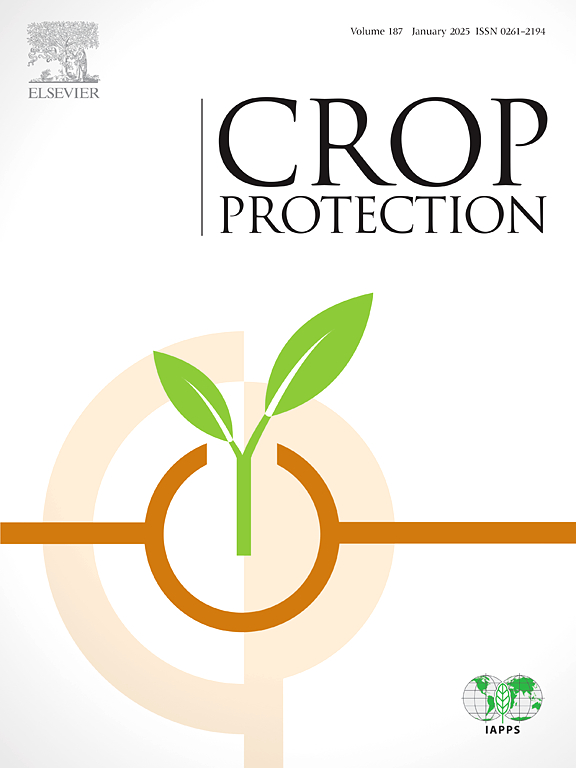Examining the universality of the EU's Integrated Pest Management (IPM) policy promotion in China: Asymmetric effects of farmer characteristics and cognitive factors on agricultural practices
IF 2.5
2区 农林科学
Q1 AGRONOMY
引用次数: 0
Abstract
Since 2014, all pesticide users in the European Union must comply with the eight principles of Integrated Pest Management (IPM) outlined in the Sustainable Use of Pesticides Directive (2009/128/EC). This regulation has significantly reduced pesticide use and offers insights into addressing excessive pesticide usage. Our study aims to elucidate how the Chinese government should promote IPM policies, specify measures and target groups, and ameliorate the overreliance on pesticides among Chinese farmers. Data collected through farmer surveys in Dengkou County assessed IPM technology adoption. The Kruskal-Wallis Test analyzed cognitive behavioral differences in the IPM index. A fractional response model identified factors influencing farmers' IPM index, and an unconditional quantile regression model discussed asymmetric effects of predictor coefficients. Positive correlations were found between Education, Crop growth stage, Soil, Market, Weather, Earnings, Pesticide residue, and IPM adoption. Conversely, Age, Area, and Eradicate pests and diseases hindered IPM adoption, with noticeable differences in influencing factors' coefficients at various quantiles. Our results emphasize that the government should concentrate on reducing technological adoption barriers for young farmers, enhance adherence to pesticide spraying standards and crop rotation knowledge, especially among those neglecting pesticide residue reduction during spraying. Efforts should be directed at reinforcing the position of farmers endorsing green agricultural practices and assisting in establishing scientifically accurate monitoring systems for field pest populations. This research serves as a case study for developing countries implementing IPM, offering a valuable reference for nations facing similar challenges and contributing experience to the global pursuit of sustainable agricultural development.

求助全文
约1分钟内获得全文
求助全文
来源期刊

Crop Protection
农林科学-农艺学
CiteScore
6.10
自引率
3.60%
发文量
200
审稿时长
29 days
期刊介绍:
The Editors of Crop Protection especially welcome papers describing an interdisciplinary approach showing how different control strategies can be integrated into practical pest management programs, covering high and low input agricultural systems worldwide. Crop Protection particularly emphasizes the practical aspects of control in the field and for protected crops, and includes work which may lead in the near future to more effective control. The journal does not duplicate the many existing excellent biological science journals, which deal mainly with the more fundamental aspects of plant pathology, applied zoology and weed science. Crop Protection covers all practical aspects of pest, disease and weed control, including the following topics:
-Abiotic damage-
Agronomic control methods-
Assessment of pest and disease damage-
Molecular methods for the detection and assessment of pests and diseases-
Biological control-
Biorational pesticides-
Control of animal pests of world crops-
Control of diseases of crop plants caused by microorganisms-
Control of weeds and integrated management-
Economic considerations-
Effects of plant growth regulators-
Environmental benefits of reduced pesticide use-
Environmental effects of pesticides-
Epidemiology of pests and diseases in relation to control-
GM Crops, and genetic engineering applications-
Importance and control of postharvest crop losses-
Integrated control-
Interrelationships and compatibility among different control strategies-
Invasive species as they relate to implications for crop protection-
Pesticide application methods-
Pest management-
Phytobiomes for pest and disease control-
Resistance management-
Sampling and monitoring schemes for diseases, nematodes, pests and weeds.
 求助内容:
求助内容: 应助结果提醒方式:
应助结果提醒方式:


